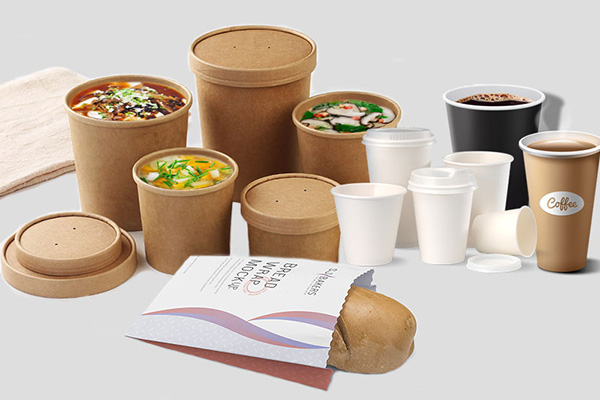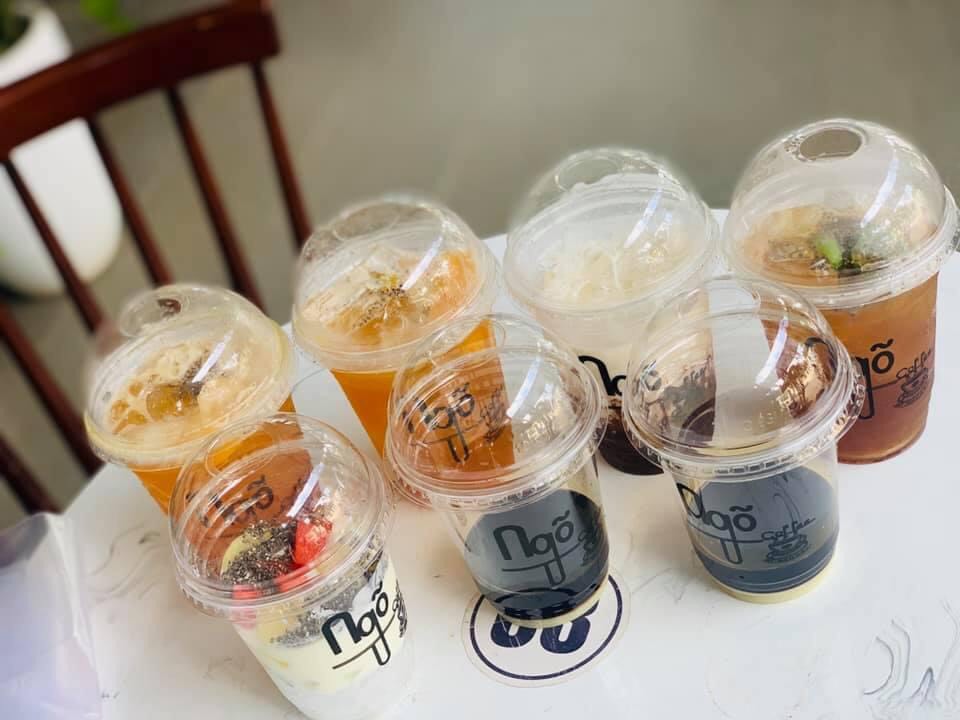Food packaging is everywhere. It is an indispensable thing to avoid food spoiling too quickly. Using packaging to contain, preserve, and transport food is happening every day all over the world. So, what is food packaging? How many types of food packaging are there today? Details will be shared below.
Food packaging is a special industrial product. With the important function of containing and packaging food products. The purpose of producing food packaging is to protect the value and quality of food, creating favorable conditions for easy transportation. At the same time, the process of preserving and consuming food is also more convenient.
In addition, food packaging also has an important meaning in marketing. To be exact, packaging is a representative of a brand, a tool to promote the image, contain and provide product information to create trust in the choice of consumers.
There are many types of food packaging. Each type will be suitable for different food products. Choosing the right type of packaging also ensures the quality and longevity of the container inside. Let's read on with Bimi to apply it correctly in life.
For fresh foods such as meat and fish, they are often stored in baskets and trays made of foam and paper. Creating a stable, suitable environment to keep this special food always in good quality. In addition, hard plastic and hard transparent packaging allows consumers to easily observe and check the food before buying.

Foam and cardboard materials are also suitable for frozen storage without affecting the quality inside.
Paper packaging is also used in the sterile industry, products such as sterilized milk, juices. In the form of bottles or barrels with diverse capacities, designed for easy loading and unloading. With this type, it is difficult to see the product inside because it must block light.
For dry goods, such as dried seafood, beans and nuts, silver-coated and PE-coated paper bags are very popular. With the same function, this food packaging maintains the best quality.
Advantages:
- Food paper packaging has little
- Easy to print logos and information on paper clearly and beautifully.
– Environmentally friendly paper material, short decomposition time
Disadvantages:
– Low durability, easy to be water-logged or torn
– Packaging such as paper bowls for food, paper cups, paper boxes, paper bags, etc. are often used only once and are only used as outer packaging.
– Some types combined with plastic such as PE-coated kraft paper are not environmentally friendly, difficult to recycle and decompose
2.2. Types of metal food packaging
Metals commonly used in packaging are stainless steel, aluminum, tin, etc. Their common characteristics are softness and easy to process into many different shapes. In fact, metal packaging is commonly found in cans of cow's milk, Ong Tho milk, canned foods such as fish, pork, beef, etc. Metal as food packaging brings convenience to consumers. It also helps food manufacturers feel secure in operating production.
But that does not mean they do not have advantages and disadvantages.
Advantages:
– High mechanical strength, hardness, gloss,
– Resistant to light and ultraviolet rays, good food preservation.
– Prevents food from sticking to odors, grease and bacteria.
– Recyclable material, friendly to the living environment.
Disadvantages:
– Metal food packaging is susceptible to oxidation, creating rust that is not good for health.
– Large weight, difficult to transport. High cost
2.3. Types of food packaging materials made of PE, HDPE plastic
PE polyethylene or HDPE plastic particles are considered the safest type of plastic today. It is a high-grade virgin plastic that is safe for consumers' health. Plastic rice boxes, plastic milk tea cups, and juices at beverage shops are all made from this material.

Alley Logo
Advantages:
– Light weight, easy to shape, many capacities
– Can print more beautiful plastic cups, plastic boxes, effective marketing
– High durability, difficult to tear during transportation and use
– Quite cheap price, suitable for general packaging
Disadvantages:
– Poor quality plastic, containing BPA is harmful to health, chemical contamination into food and entering the human body can cause cancer, endocrine disorders, infertility ...
– Plastic packaging or plastic boxes, disposable plastic cups exist in the soil and water environment for up to 1000 years, difficult to decompose. Causing serious consequences to the natural environment and ecosystem.
2.4. Types of food packaging materials made of wood
Wooden food packaging materials used in the transportation of solid and liquid foods include vegetables, fruits, beer and tea.
Advantages:
– Strong, high hardness.
– Good stacking ability, good mechanical protection and high durability.
– Keep the product inside safe, limit breakage
Disadvantages:
– Heavy, high price
– Limited in design and size
2.5. Types of glass food packaging materials
Unlike plastic and paper, glass always meets the two criteria of aesthetics and safety for health. Therefore, packaging made from this material such as glass cups, glass bottles, etc. are very popular.
Advantages:
– Smooth & transparent surface, clearly observe the food inside
– Difficult to get dirty and difficult to absorb odors. Can be cleaned and recycled after use
– High heat resistance, can be used in microwave ovens
– Does not contain lead or heavy metals, safe for health.
Disadvantages:
– Glass is fragile when dropped from high temperatures, sudden temperature changes
– The price is quite high compared to packaging made from other materials.
Whether there are 5 types of product packaging or more, they all have the same function. When thinking about function, everyone knows that packaging is to contain products. But in fact, there is more than that.
Food has chemical properties and physical functions. If not contained in the right packaging, they are easily changed and damaged in a short time. Therefore, packaging has the following functions:
– Product protection: this function always exists in any type of product packaging. With the important task of limiting and keeping the product from breaking, avoiding vibration, impact, and the effects of temperature and the external environment. At the same time, maintaining the stable quality of the food inside. So that it remains intact from the time of production to the hands of consumers.
– Separation function: Prevent food from being exposed to water and dirt. Minimize oxidation or contamination from the outside.
– Make transportation easier: it will be very difficult to transport food without packaging. For example: sugar, salt, roasted coffee, nuts, etc.
– Convey information: because it can be printed on the packaging, the packaging is also a tool to provide information about the product, place of production, time of use and production, etc.
– Ensure convenience: Packaging is simpler when there is packaging. During the distribution process, displaying on supermarket shelves and stores is no longer difficult. It can also be opened and closed, used many times.
– Marketing: many businesses use product packaging in marketing. Packaging affects buyers and increases the conversion rate of purchases. Nowadays, the role of packaging is becoming more and more important in building a strong and consistent brand. The cost of advertising with packaging is much cheaper than other types. Inbimi specializes in providing all kinds of packaging, plastic cups and paper cups at wholesale prices for coffee shops, milk tea shops, and F&B businesses.
Hotline